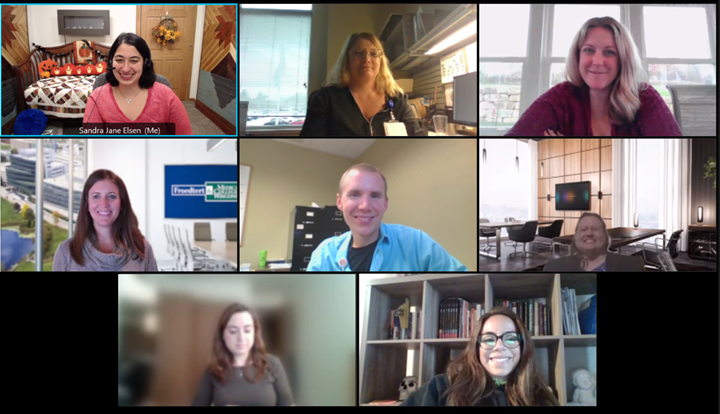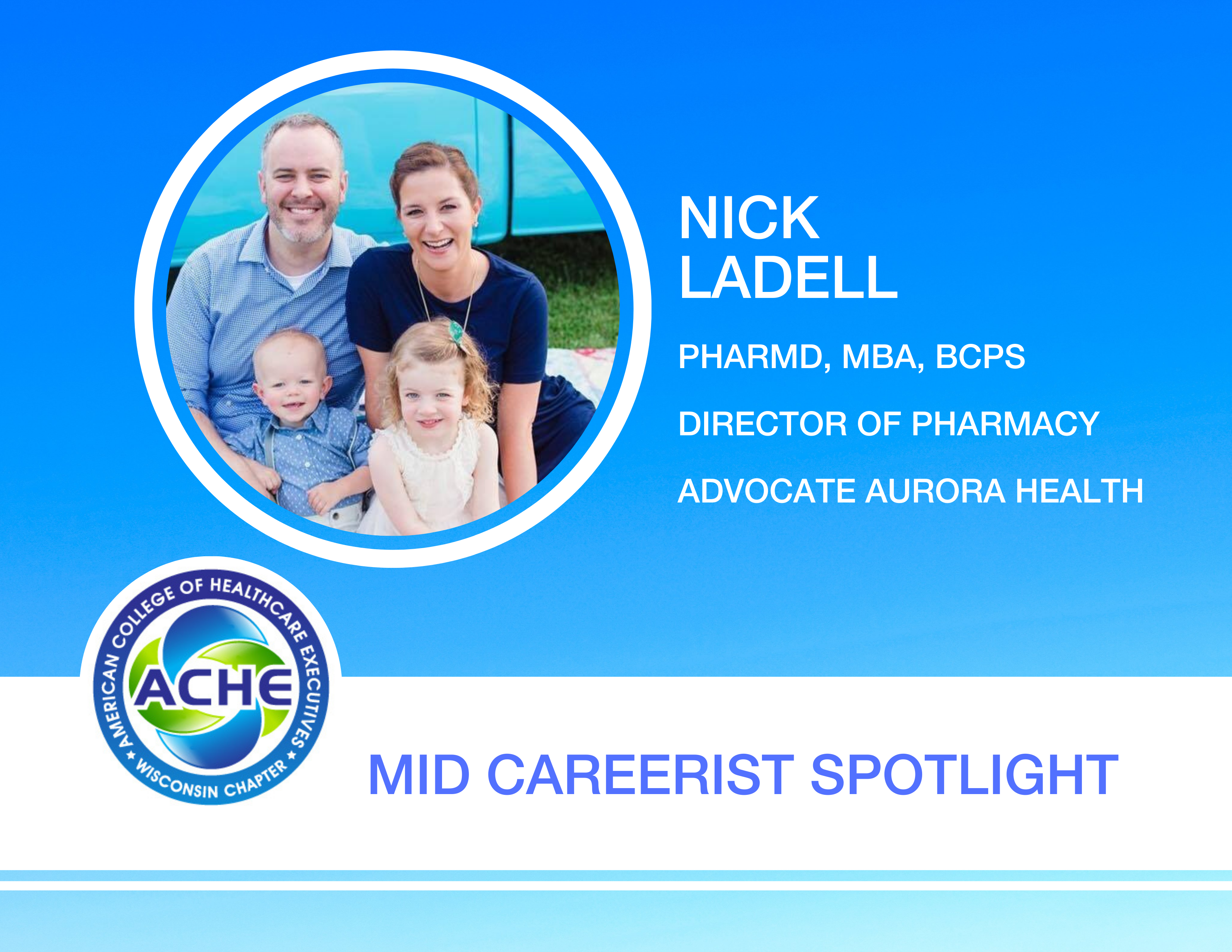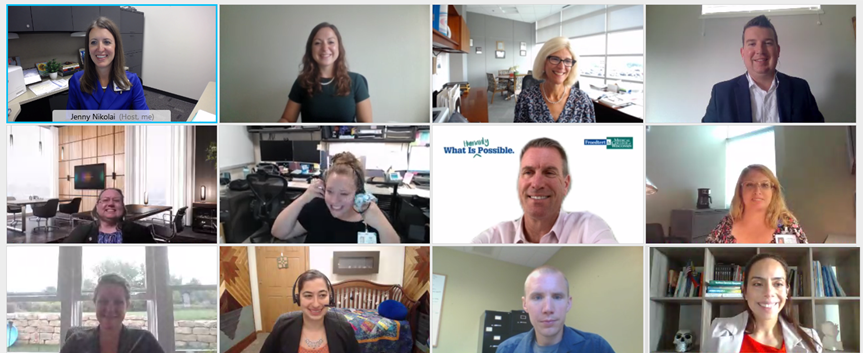
Milwaukee, WI – Heroes for Healthcare is proud to announce the introduction of legislation to create the Military Medics & Corpsmen (Wis-MAC) Program. The bi-partisan legislation, championed by Senator Jacque and Representative Summerfield, was officially introduced in the Wisconsin Senate on Veterans Day, November 11, 2021. This legislation addresses a critical workforce issue by providing a pathway for returning military medics, corpsmen, and medical technicians to apply their skills gained in active service to healthcare settings in Wisconsin.
Currently, when medically-trained service members and veterans transition to civilian life, their military healthcare training and hands-on patient care experience do not easily translate into comparable practice requirements in civilian healthcare settings. As a result, many veterans and service members are left unemployed, underemployed, or leave the healthcare field altogether.
Healthcare shortages have only worsened throughout the pandemic, and Senate Bill 688 is one important tool to make sure that all Wisconsinites have the access to high quality care they need and deserve.
SB 688 will create a pathway to allow medical personnel to work under a qualified supervising clinician, while they work toward a civilian licensure in Wisconsin. This Bill could have an immediate positive affect on the shortage of h
ealthcare workers, and it makes Wisconsin an attractive state for veterans and service members with healthcare experience. This legislation is modeled after successful programs in both Virginia and Veteran’s Administration healthcare settings across the U.S.
Shawn Lerch, CEO, Sauk Prairie Healthcare stated. “The Military Medics & Corpsmen program is a proven and innovative model that matches the experience and skills of medics and corpsmen with critical workforce needs of our health systems. This program will ensure high quality and safe care continues to be provided throughout the state. I am proud, as a Navy veteran and as a Healthcare CEO, to be a strong supporter and partner with Heroes for Healthcare to bring this essential program to Wisconsin.”
The following organizations have expressed their support for SB 688 and will join with Heroes in advancing the bill this legislative session: County Veteran Service Officers Association of Wisconsin; Wisconsin Primary Healthcare Association of Wisconsin; Concordia University of Wisconsin Veterans Service Department; Rural Wisconsin Health
Cooperative; Wisconsin Hospital Association; American Legion Department of Wisconsin; Wisconsin Veterans Chamber of Commerce; Stockbridge-Munsee Band of Mohican Indians; Herzing University; Tomah Health; Heartland Home Health; and Center for Veterans Issues.
Heroes for Healthcare thanks Sen. Jacque and Rep. Summerfield for their leadership on SB 688, along with the additional 26 bipartisan co-sponsors of the bill. Heroes for Healthcare is a Milwaukee-based non-profit that is dedicated to being a resource for our military during their transition to civilian life to achieve gainful employment in healthcare.









